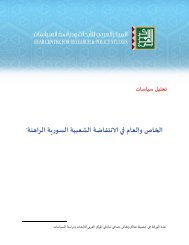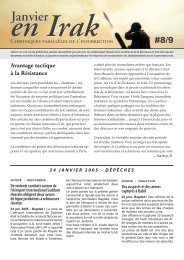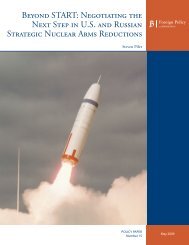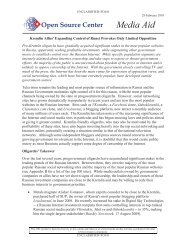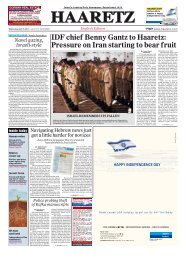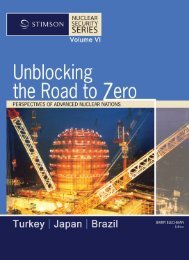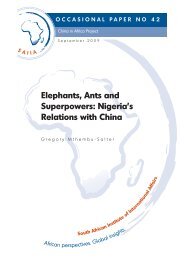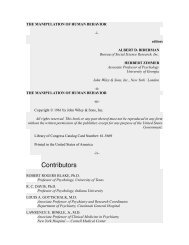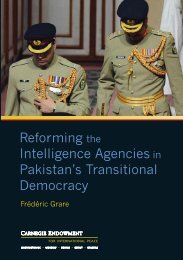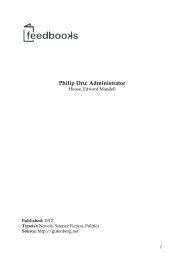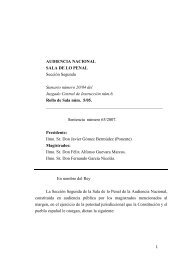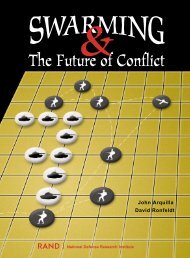Download PDF - Lowy Institute for International Policy
Download PDF - Lowy Institute for International Policy
Download PDF - Lowy Institute for International Policy
You also want an ePaper? Increase the reach of your titles
YUMPU automatically turns print PDFs into web optimized ePapers that Google loves.
AUSTRALIA’S DIPLOMATIC DEFICIT<br />
Reinvesting in our instruments of international policy<br />
‘The choice <strong>for</strong> Australia<br />
is between accepting the<br />
required costs of effective<br />
overseas representation or<br />
accepting less independence<br />
<strong>for</strong> the country as a whole, a<br />
greater need to accommodate<br />
to circumstances influenced<br />
or determined by others, and<br />
ultimately a greater risk to its<br />
values and its value system,<br />
and to its material welfare.’<br />
Department of Foreign Affairs,<br />
Review of Australia’s overseas<br />
representation, 1986<br />
in new ways to tackle new problems and to create new opportunities. A<br />
relatively modest reinvestment in Australia’s diplomatic infrastructure<br />
– especially when compared with spending on national security – can<br />
broaden our national horizons, magnify our influence and equip<br />
Australia to make a bigger difference in the world.<br />
The structure of this report<br />
Do we have the international policy instruments we need? Are their<br />
roles clear and do they have the resources necessary to implement our<br />
international policy effectively? How can we improve the processes <strong>for</strong><br />
developing our international policy? Are there new approaches we can<br />
bring to the international challenges facing Australia?<br />
This report seeks to answer these questions.<br />
Part 1 looks at Australia, its engagement with the world and how<br />
it has traditionally sought to shape its international environment.<br />
It then considers changes in the international system and in the<br />
nature of government – many of them driven by globalisation – and<br />
their implications <strong>for</strong> how Australia goes about implementing its<br />
international policy.<br />
Part 2 reviews the instruments available to government to shape our<br />
international environment in Australia’s national interest. It considers<br />
existing structures, processes and capabilities and the resources<br />
allocated to them. Direct international comparisons are always<br />
difficult, but the report draws some broad conclusions about how<br />
Australia’s instruments of international policy compare with those of<br />
similar countries.<br />
Part 3 looks at what should be done to adapt Australia’s instruments<br />
of international policy to these changes. It makes a number of<br />
recommendations about steps that could be taken to ensure that they<br />
are able to meet the challenges that are likely to confront us as a nation<br />
during the 21 st century.<br />
7



